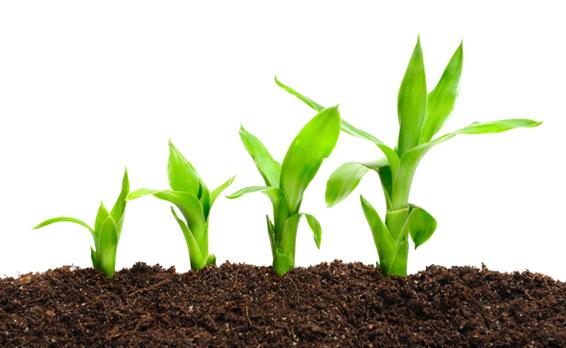Learn more
What is Bamboo viscose?
Bamboo Viscose is a manufactured fiber derived from the regeneration of cellulose extracted from natural bamboo fiber. In the viscose process, bamboo cellulose is treated with sodium hydroxide, converting it into a gold, highly viscous liquid about the color and consistency of honey. This substance gives its name to the manufacturing process, called the viscose process. The viscous fluid is allowed to age, breaking down the cellulose structures further to produce an even slurry, and is then filtered to remove impurities. Then the mixture is forced through fine holes, called a spinerette, directly into carbon disulfide where it hardens into fine strands. In addition, bamboo fiber can be produced mechanically by continuously crushing the bamboo, which does not produce a soft fabric, as opposed to the extremely soft fabric produced from bamboo viscose process. Very little mechanical bamboo fiber is in circulation and is not widely used.

Most of the bamboo used to make bamboo viscose for bamboo clothing is grown in China by Hebei Jigao Chemical Fiber Company. They hold the patent on the process for turning bamboo into fiber. This facility produces all of the bamboo viscose on the market. The bamboo is certified organic by OCIA (The Organic Crop Improvement Association). To strictly control the quality of raw material, Hebei Jigao Chemical Fiber Company has built its own bamboo plantation in Sichuan Province, China, and keeps strict control over it. The bamboo is grown in accordance to the International Organic Standard of OCIA/IFOAM and the USDA National Organic Program, so as to ensure each bamboo stalk is of 100% natural growth and without any chemical pesticides. The proof of the ecologically sound methods behind bamboo production is the fact that all of the fiber produced at the facility in China is Oeko-Tex 100 certified. This certifies that the finished fiber has been tested for any chemicals that may be harmful to a person’s health and has been found to contain no trace chemicals that pose any health threat whatsoever.
Bamboo has gained popularity as a “green” fiber because it can be cultivated quickly, can be used as a cash crop to develop impoverished regions of the third world, and is a natural fiber (as opposed to popular synthetics like polyester) whose cultivation results in a decrease in greenhouse gases. Around 75% of all polluting emissions coming from the bamboo viscose process occur in the form of air emissions. Bamboo is extremely resilient and durable as a fiber. In studies comparing it to cotton and polyester, it is found to have a high breaking tenacity, better moisture wicking properties, and better moisture absorption. In superseding these other fibers in these various areas, supporters of bamboo fiber products and goods tout it as more Eco-friendly than cotton and polyester. They are the fastest growing woody plants in the world,
Bamboos include more than 1,400 species of woody, perennial grasses (Bamboo is actually a grass!) in more than 100 genera that are native to every continent except Europe and the North and South Poles. There are three kinds of bamboos native to North America: River cane(Arundinaria gigantea), Switch cane (Arundinaria tecta), and the recently discovered, Hill cane (Arundinaria appalachiana). Bamboo is one of the strongest building materials on earth, and is also the fastest growing plant in the world- with a growth rate of 1-4 feet per day depending on the species and a host of other conditions. Like the Zen monks, you can actually watch it grow! Bamboo is also the richest plant source of silica on the planet, being 90% silica. As we have mentioned previously, bamboo does not require pesticides, herbicides, or irrigation to grow, rather it typically thrives in it’s natural environment. Bamboo is also among the most abundant plant resources on earth. There are approximately 1,000 species. They do grow in a number of places around the world but they are most abundant in Eastern Asia. Some of the ancient bamboo species can reach over 250 feet in height. The viscose processing results in carbon disulfide, but bamboo cellulose is suitable for a closed-loop viscose process that captures all solvents used.
For 3000 years, the Chinese have been utilizing bamboo, believed to have a purported 1,001 uses! From herbal medicine, medicines for asthma, food (bamboo shoots, bamboo beer, wine, vinegar, salt, and rice), architecture, huts and homes, window shades, wall coverings, tiles, flooring, scaffolding, baskets, books, and charcoal to skateboards, surfboards, bicycles, deer chasers, wind chimes, incense burners, paper, pens, furniture, textiles, shoes and sandals, lamps, chopsticks, mats, phonograph needles, incense, incense holders, umbrellas, musical instruments, utensils, light-bulb filaments, fans, fishing poles, water wheels, ladders, screens, fencing, bridges, airplane skins, diesel fuels, to aphrodisiacs. Just to name a few! The endless uses fascinate and amaze! Check out Bamboo-Wikipedia to find a wealth of information about bamboo and its myriad of uses!





